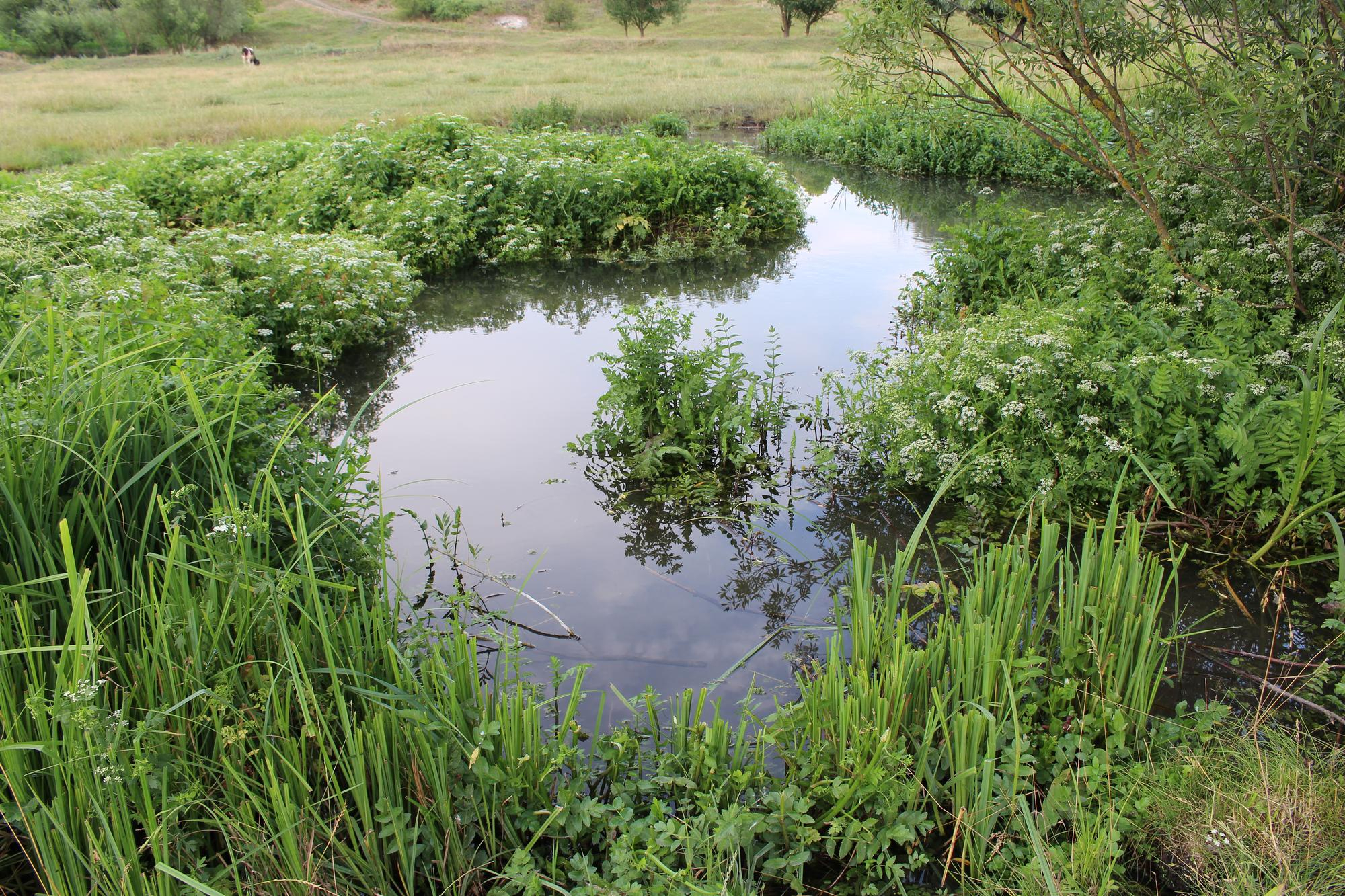ENVIRONMENTAL - GROUNDWATER REPLENISHMENT – MANAGED AQUIFER RECHARGE
According to estimates from the USGS, there are approximately 332 million cubic miles of water on earth. However, the vast majority (over 96%) is found in saline sources such as seas and oceans. The remaining water is considered fresh and is primarily found in ice and glaciers (68%) and groundwater sources (30%) with less than 1% in surface water in streams and lakes. Most of our drinking water comes from groundwater and surface water sources.
Oftentimes, groundwater is preferred as there are less contaminants (such as bacteria, coliform, suspended solids) than in surface water thus requiring less treatment and costs to produce drinking water. As such many aquifers are being pumped for agricultural and drinking water purposes and are exceeding the aquifer’s natural water replenishment rate. Managed aquifer recharge is the process of collecting and injecting water into the ground at an elevated rate. Municipalities and local governments are pursuing aquifer recharge projects to replenish groundwater and create sustainable source water supplies.



